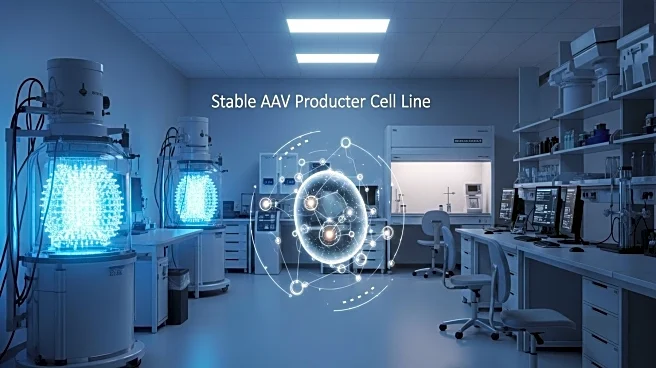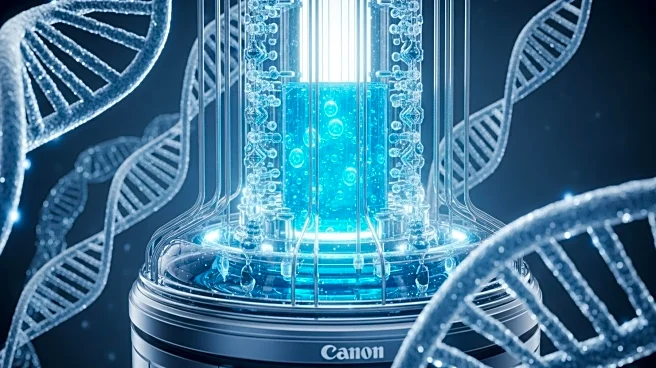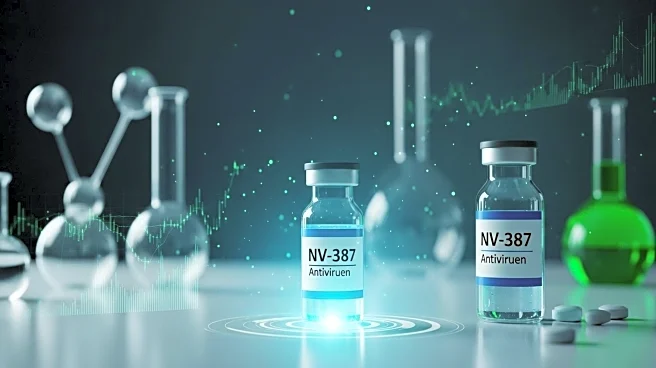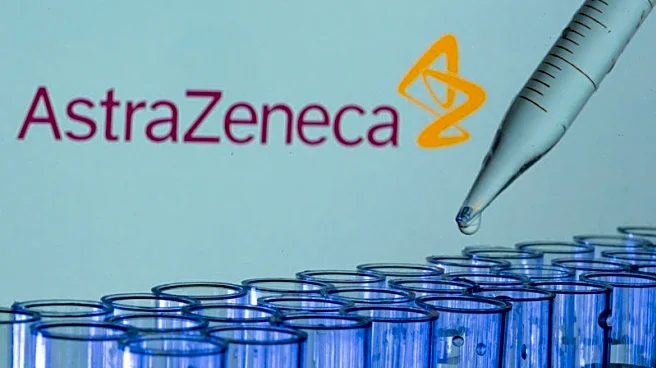What's Happening?
Asimov has introduced its AAV Edge Stable Producer system aimed at improving the production of adeno-associated viral (AAV) vectors used in gene therapy. The system addresses the limitations of traditional transient transfection-based production methods, which are costly and can lead to inconsistent product quality. By integrating essential viral genes into the genome of HEK293 cells, Asimov has developed high-titer, clonal producer cell lines. This innovation eliminates the need for expensive GMP plasmids, facilitates scale-up in bioreactors, and reduces batch-to-batch variability. The new system promises lower manufacturing costs and more consistent product quality, potentially leading to safer and more effective gene therapies.
Why It's Important?
The development of stable AAV producer cell lines by Asimov represents a significant advancement in the field of gene therapy, which has faced challenges in scalability and cost-efficiency. By providing a more reliable and cost-effective method for producing high-quality AAV vectors, Asimov's innovation could accelerate the development and availability of gene therapies for treating complex diseases. This could benefit pharmaceutical companies by reducing production costs and improving the efficacy of their gene therapy programs. Additionally, patients suffering from intractable diseases may gain access to more effective treatments, potentially improving health outcomes.
What's Next?
Asimov's new system is expected to deliver research cell banks within 20 weeks, containing the desired capsid and transgene. Therapeutic developers will receive clonal, suspension-adapted, fully stable AAV HEK293 producer cell lines, enabling reliable large-scale manufacturing of gene therapies. The company anticipates validation from pharmaceutical partners on their gene therapy programs, which could lead to broader adoption of this technology. Asimov's continued collaboration with scientific pioneers and patients may further drive advancements in gene therapy, potentially unlocking new treatment modalities for various diseases.
Beyond the Headlines
The introduction of stable AAV producer cell lines may have broader implications for the biotechnology industry, particularly in synthetic biology. This advancement could pave the way for more efficient production processes across various therapeutic areas, potentially influencing regulatory standards and manufacturing practices. Ethical considerations may arise regarding the accessibility and affordability of these advanced therapies, as well as the long-term impact on healthcare systems.











